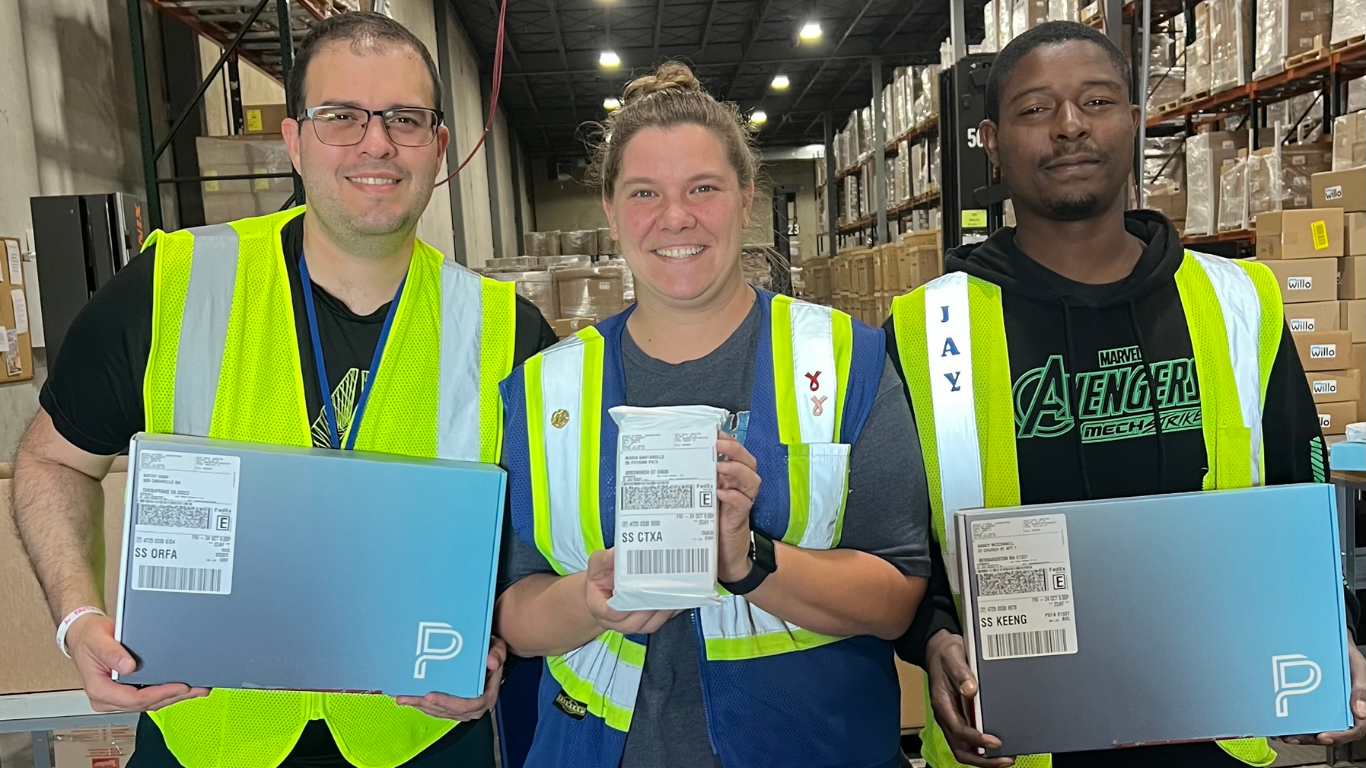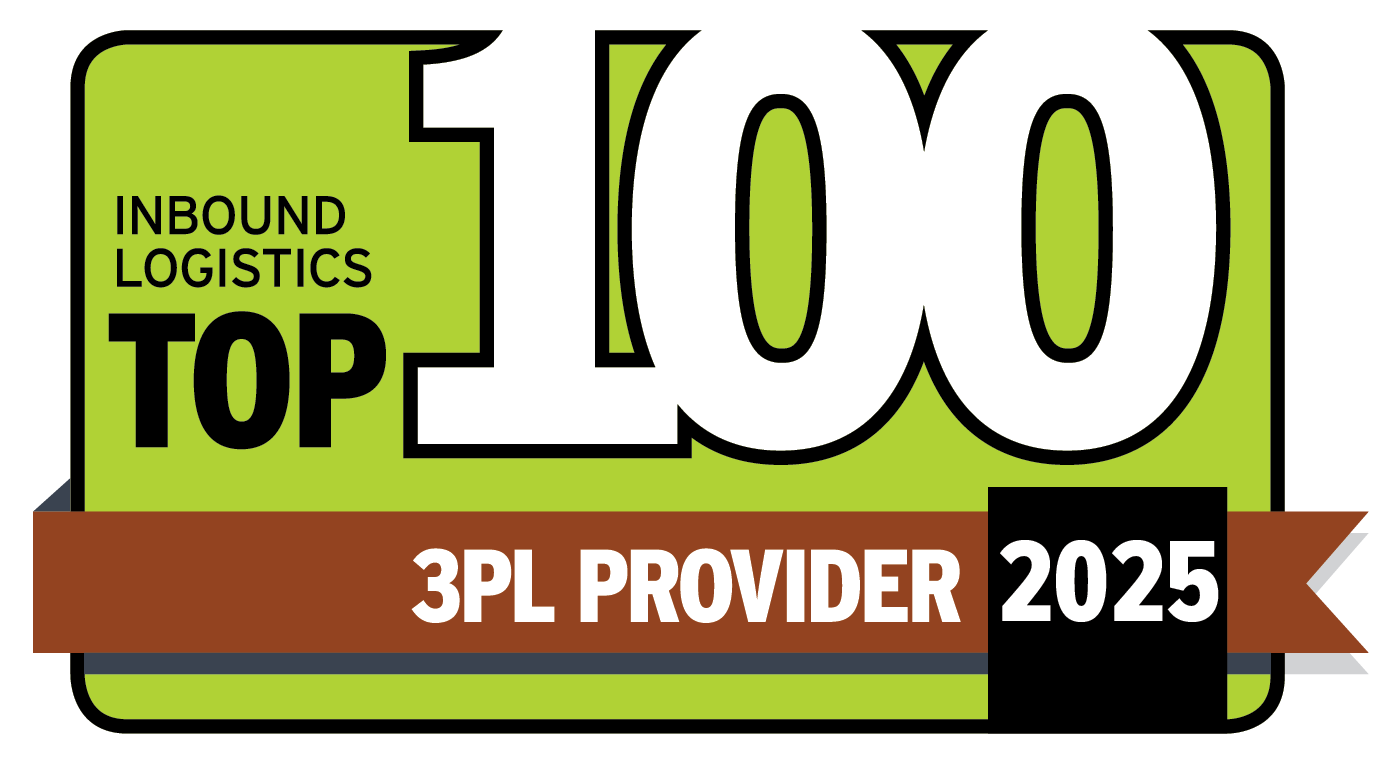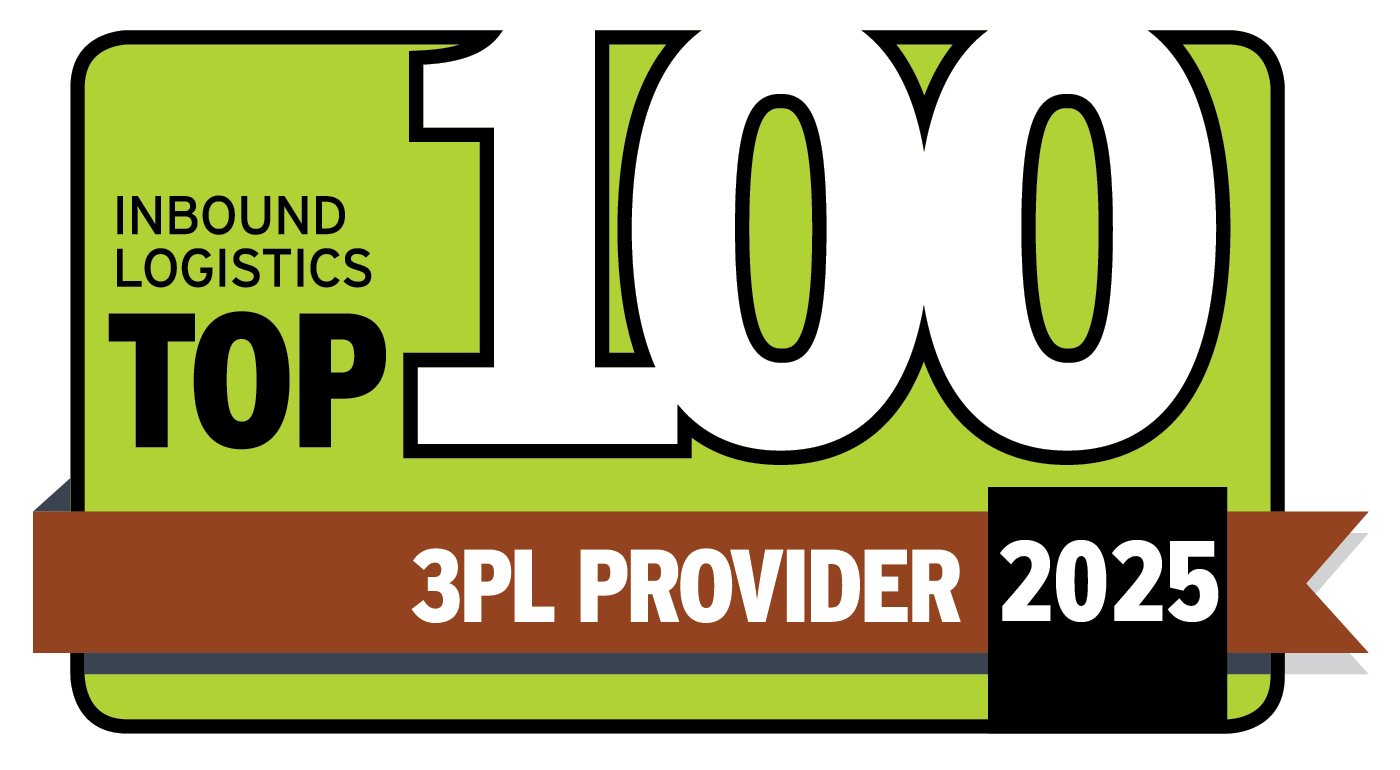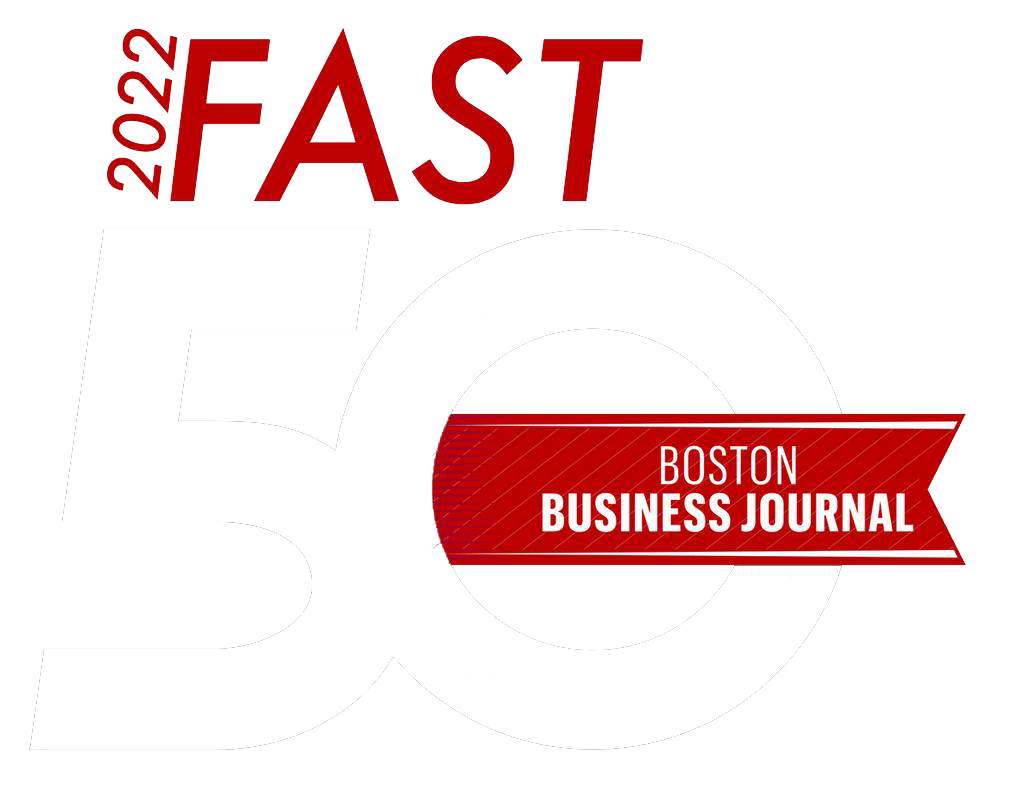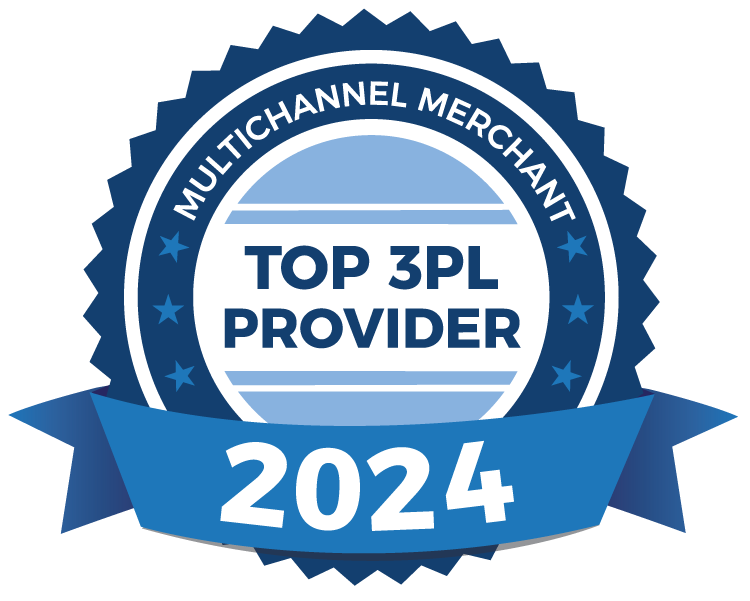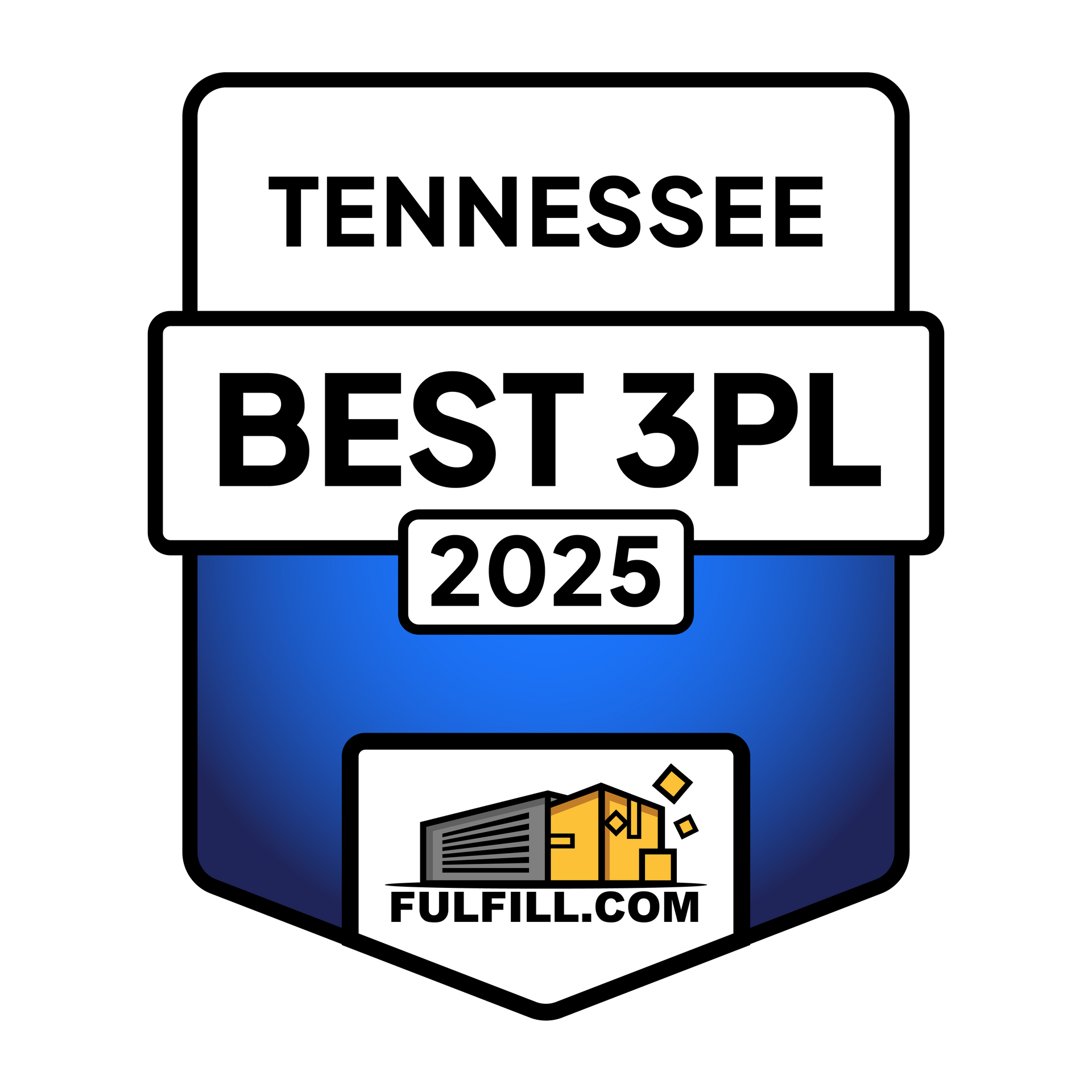The Right E-Commerce Strategy for Cosmetic Products
There comes a time in history when grasping the reins of a new “trend” is a must. Imagine being the last person in town to jump on the automobile bandwagon. Where would you tie up your horse? Once the light bulb caught on, how long would you keep carrying your kerosene lamp around the house? These of course are old, yet revolutionary, advancements that have made life much more convenient and spurred on countless other developments. However, in the not-too-distant past, e-commerce was an element that the health and beauty sector tried to keep at bay. Eventually though, it could not be ignored. What was shortly ago seen as an industry that required physical access to smell, sample and touch, e-commerce has become the fastest growing segment of the cosmetics industry.
A study by L2 Think Tank shows that e-commerce sales for beauty products grew by nearly 30% in 2013. This outpaced only a 6% in-store growth. As this new opportunity continues to show great potential, it’s important for health and beauty companies to embrace and implement an e-commerce strategy as a competitive differentiator.
Here are 3 keys for a strong cosmetic e-commerce strategy:
Information: While the convenience of ordering everything from home is taking a strong hold in this sector, information is still a critical element. In order to provide the peace of mind gained from touching, smelling and feeling a product in a store, these questions must answered pre-purchase. 28% of online cosmetic shoppers in an A.T. Kearny survey actively study and research products before purchasing. The more product information that is relevant and available online can lead to more sales.
Accessibility: The growth trend for e-commerce sales shows no sign of slowing down. As such, the accessibility of the platform needs to expand as well. The L2 Think Tank study shows that 43% of beauty product consumers shop on a tablet. While a dropdown navigation is helpful for this medium, an investment in responsive design to meet the demands of mobile devices is an ideal implementation. An infographic by Visul.ly shows the number one reason people shop online is to save time, your e-commerce platform can provide that opportunity.
Costs: A key metric that jumps out for e-commerce success, regardless of industry,is cost. Consumers use this new purchasing avenue as an opportunity to find the best deal. In fact, 42% of shoppers claim that finding a better price is their reason for purchasing online versus in store, according to the 4th Annual Shopper Experience Survey. A major benefit to an e-commerce operation is that it requires substantially less overhead. Controlling costs through a streamlined supply chain and efficient procedures can help you pass on savings to your consumers, creating a substantial competitive advantage.
While e-commerce is a new path for many industries, it is now being utilized as a preferred thoroughfare for the health and beauty sector. Leveraging the availability, operational efficiency and popularity of the online arena can be a key opportunity for your health and beauty company. Read more on how a 3PL can enhance the technological implementation and supply chain efficiency of your business.
Recent Blog Posts

